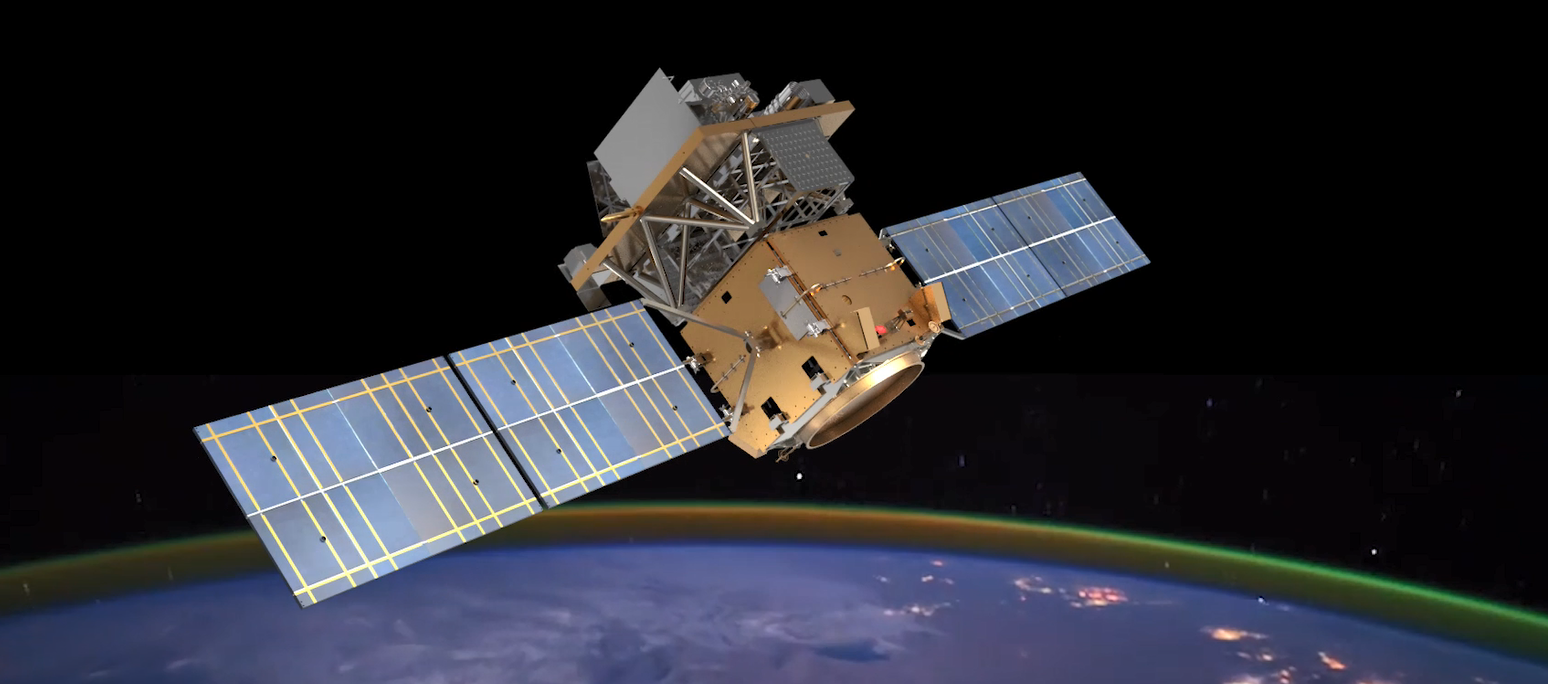Advanced Space-based Solar Observatory (ASO-S for short) is a solar space exploration satellite program independently proposed by my country's heliophysical community in 2011. The ASO-S plan takes the 25th peak of solar activity as an opportunity to achieve a breakthrough in my country's solar satellite detection zero. The scientific goal of ASO-S is referred to as "one magnet and two storms", "one magnet" is the solar magnetic field, and "two storms" refer to the two most violent eruptions on the sun—flares and coronal mass ejections, namely observation and research. The origin of the solar magnetic field, solar flares and coronal mass ejection and the possible causal relationship among the three. For this reason, three main loads are arranged on ASO-S: Full-disc vector MagnetoGraph (FMG) is used to observe the vector magnetic field of the solar photosphere; Hard X-ray imager (Hard X-ray) is used to observe the vector magnetic field of the sun’s photosphere. Imager, abbreviated as HXI) is used to observe the non-thermal physical process of solar flares; Lyman-alpha Solar Telescope (LST) is mainly used to observe the formation and early evolution of coronal mass ejection. The unique load combination of ASO-S will realize the simultaneous observation of the sun’s full-plane vector magnetic field, solar flare high-energy radiation imaging and the perimeter propagation of coronal mass ejection on a single satellite for the first time, striving to "one magnet and two storms" in the frontier of contemporary solar physics Major breakthroughs have been made in observation and research, revealing the internal physical mechanism of solar flare eruptions and coronal mass ejection caused by the evolution of the sun’s magnetic field. While expanding the boundaries of human knowledge, it also provides a physical basis for forecasting space weather that seriously affects the human living environment.

ASO-S has been supported by the special pre-research support of the space science pilot project of the Chinese Academy of Sciences (2011-2013), and the background model stage support of the special space science pilot project of the Chinese Academy of Sciences (2014-2016). During the period, it also received the National Funding Committee and the national major scientific research instrument. Special projects, as well as the support of the Ministry of Finance's astronomy project. ASO-S is currently included in the Space Science Pilot Special Scientific Satellite Project of the Chinese Academy of Sciences. According to the plan, after ASO-S has completed the comprehensive evaluation of the project in the first half of 2017, it will go through an 18-month scheme design stage, a 20-month project preliminary sample stage, and an 18-month project prototype stage. It is expected to be launched around 2022. The solar polar orbit with a height of 720 kilometers has a design life of no less than 4 years.


